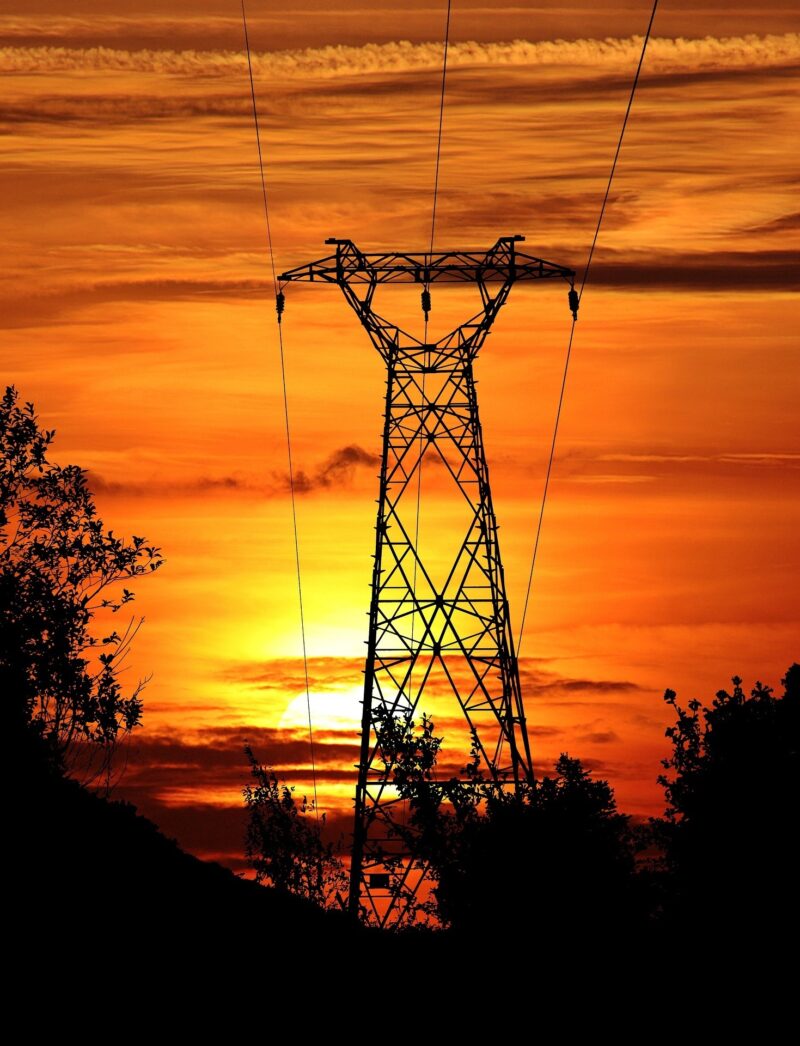Heatwave and war are unveiling the vulnerability of India’s coal dominated power sector
Share

With the early onset of summer, India is going through severe power outages across several states including Uttar Pradesh, Maharashtra, Madhya Pradesh, Rajasthan, Haryana, Tamil Nadu, Karnataka, Punjab, Jharkhand, and Bihar. The situation is so serious that it may start to interrupt power supply in hospitals and metro services in national capital regions.
The average peak demand for electricity in April was 196GW with highest ever 206GW recorded on 29 April. At the same time, the average power shortage was 4.7GW with the highest shortage of 10.7GW recorded on 28 April (data from POSOCO).
In the coming months, the peak demand is expected to reach 220GW. India has a total installed capacity of more than 400GW which is almost double the highest peak demand, but it is still facing a power shortage in this critical time.
What is causing the shortage?
Along with all of South Asia, India is experiencing a deadly heatwave that has pushed electricity demand to a record high. After March, April was also recorded as the hottest April since 1901 in India. On April 26th, India’s peak electricity demand reached all time high surpassing last year’s peak.
India relies heavily on coal for its energy production. The record high demand has led to most of the coal plants facing a severe supply shortage, with coal stock in most power plants having reached a critical level. As a result, coal plants are running at a low capacity utilisation rate with average plant load factor of 59%, compared to around 80% that the country used to have in 2009-10. Old and inefficient power plants are another reason for this decline.
India faced a similar coal shortage, leading to the worst power crisis in the past five years, just last October. Even though back then the situation remained under control as the electricity demand was consistent, another shortage within a span of six months is pointing towards the need of more sustainable solutions for the power sector.
Several studies have shown that mounting debts in the power sector are a major problem and can be seen as a contributing factor to the ongoing crisis. Large outstanding dues of energy providers to domestic coal production companies are contributing to this shortage of coal.
Plants that depend on imported coal are also facing a shortage due to high price of imported coal in the post pandemic recovery period with increased industrial demand. The Russian invasion of Ukraine has further worsened the situation, due to disrupted trade flows and high coal prices as a consequence of sanctions against Russia.
Counterproductive measures
To weather the power crisis, the Indian government is increasing domestic coal production along with imports of expensive coal and gas.
Domestic coal production will be increased by 29% compared to April 2021. This increase in production is supported by clearance from the environment ministry that output can be increased by 40%, and as much as 50%, without consultation with local communities. The government is also planning to reopen coal mines which had been closed because they were not financially viable.
The Indian government has asked state and private sector utilities to ensure a 19 million tonne coal import by the end of June and invoked an emergency clause of the Electricity Act 2003. The emergency clause will allow idle power plants, which were running on imported coal and not in operation because they were not financially viable, to generate electricity in full capacity. This will bring another 7GW capacity in operation with a likely risk of aggravating the financial crisis for distribution companies and adding an additional burden on households and small industries through high electricity bills.
Coal phase-out is the way out
The latest report by the Intergovernmental Panel on Climate Change (IPCC) points out that extreme heat events will be more likely in future. Even if the Paris Agreement goal of limiting warming to 1.5°C is met, South Asia will be exposed to substantially higher, deadly heat with larger adaptation needs than at present. However, if 1.5°C is exceeded, exposure to deadly extreme heat will accelerate rapidly.
Higher temperatures will also create additional demand for electricity for cooling. Meeting this demand with fossil fuel-based energy will continue to worsen the climate crisis.
Coal based power no longer remains cheap and reliable in India. Our 1.5°C national pathway explorer for India shows that to achieve 1.5°C compatibility a high rate of electrification is needed along with faster expansion of renewable installed capacity.
India has set a target for increasing the use of renewable energy sources. It has a major opportunity to accelerate the exit of old coal plants, re-evaluate the project pipeline, and significantly scale up renewable energies. However, to achieve this, international support, both financial and technological, is pertinent.
Solar is already a cheaper energy source than coal, and India has huge potential for renewable energy expansion. Falling tariffs of solar electricity should be seen as an opportunity to reduce coal dependency and, with higher grid integration of the renewables, India can move to a more sustainable energy system and achieve its climate targets. A policy push towards manufacturing of solar cells and modules, batteries, and green hydrogen will also help India become energy secure in the face of geopolitical turmoil and other uncertainties. By moving away from expensive imported fuels, India will be able to redirect funds to develop the infrastructure needed to support a renewables-based future.












